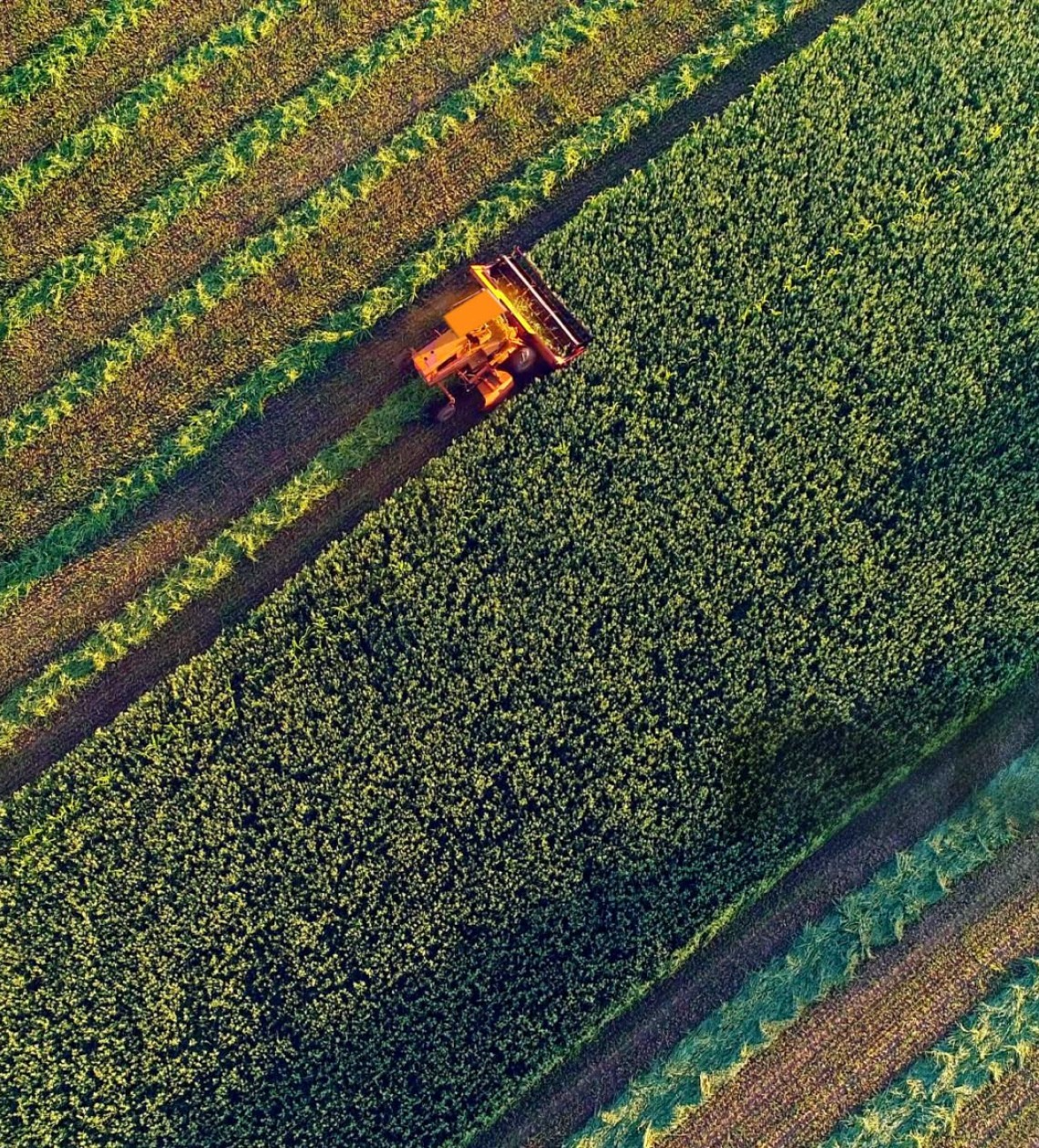How Navigation Lines Can Help You Save Money and Protect Your Crops
Modern agriculture has seen incredible technological advances, and one of the most transformative tools is the use of precise navigation lines for in-field operations. Farmers who utilize GPS-guided systems to establish these lines can minimize trampling of crops, optimize field passes, and reduce operational costs. Let’s explore how navigation lines work and provide a practical economic calculation to illustrate their benefits.
The Problem of Trampling in Agriculture
Trampling occurs when crops are crushed during in-field operations such as spraying or fertilizing. This can lead to significant yield losses, especially in high-value crops. Damaged crops are more susceptible to diseases such as mold, bacterial infections, and fungal pathogens, which can spread quickly and further reduce yield quality and quantity. Traditional methods, relying on manual guidance or less precise navigation, often result in uneven passes, overlapping operations, and unnecessary damage to crops.
The Problem of Trampling in Agriculture
Navigation lines are predefined paths that are programmed into autosteering systems of agricultural equipment. By following these lines, machines can:
- Save fuel and reduce wear-and-tear by optimizing routes.
- Ensure precise, evenly spaced passes.
- Avoid overlapping or missed sections.
- Minimize crop trampling by confining machinery to specific pathways.
Economic Benefits of Using Navigation Lines
To understand the economic value of navigation lines, let’s consider the example of a farmer growing wheat on a 100-hectare field.
Assumptions:
- Navigation lines reduce trampling to 0.5%.
- Wheat yield: 4 tons per hectare.
- Wheat price: $250 per ton.
- Crop trampling with traditional methods: 2% of the total field area.
Calculation:
- Yield Loss Without Navigation Lines:
- Total field yield: 100 hectares x 4 tons/hectare = 400 tons.
- Yield lost to trampling: 400 tons x 2% = 8 tons.
- Revenue loss: 8 tons x $250/ton = $2,000.
- Yield Loss With Navigation Lines:
- Yield lost to trampling: 400 tons x 0.5% = 2 tons.
- Revenue loss: 2 tons x $250/ton = $500.
- Savings on Yield Loss:
- $2,000 – $500 = $1,500 annually on the 100-hectare field.
- Cost Savings Across 500 Hectares:
- $1,500 x (500 hectares / 100 hectares) = $7,500 annually.
Economic Benefits of Using Navigation Lines
Beyond direct economic savings, navigation lines provide:
- Environmental Benefits: Less fuel usage and more efficient application of fertilizers and pesticides reduce your carbon footprint.
- Time Savings: Operators can complete tasks faster with precise guidance.
- Reduced Wear on Equipment: Optimized routes mean fewer unnecessary passes, leading to lower maintenance costs.
- Improved Field Aesthetics: Well-organized fields not only maximize yield but also improve field access for future operations.
Conclusion
Investing in navigation lines for your farming operations is a smart decision that pays off in both the short and long term. By reducing trampling, you can significantly increase your yield and cut costs. Moreover, the benefits extend beyond economics to include environmental sustainability and operational efficiency.
If you’re ready to take the next step, consider evaluating GPS-guided autosteering systems tailored to your farming needs. The upfront investment will quickly turn into measurable returns, ensuring your farm thrives in today’s competitive agricultural landscape


